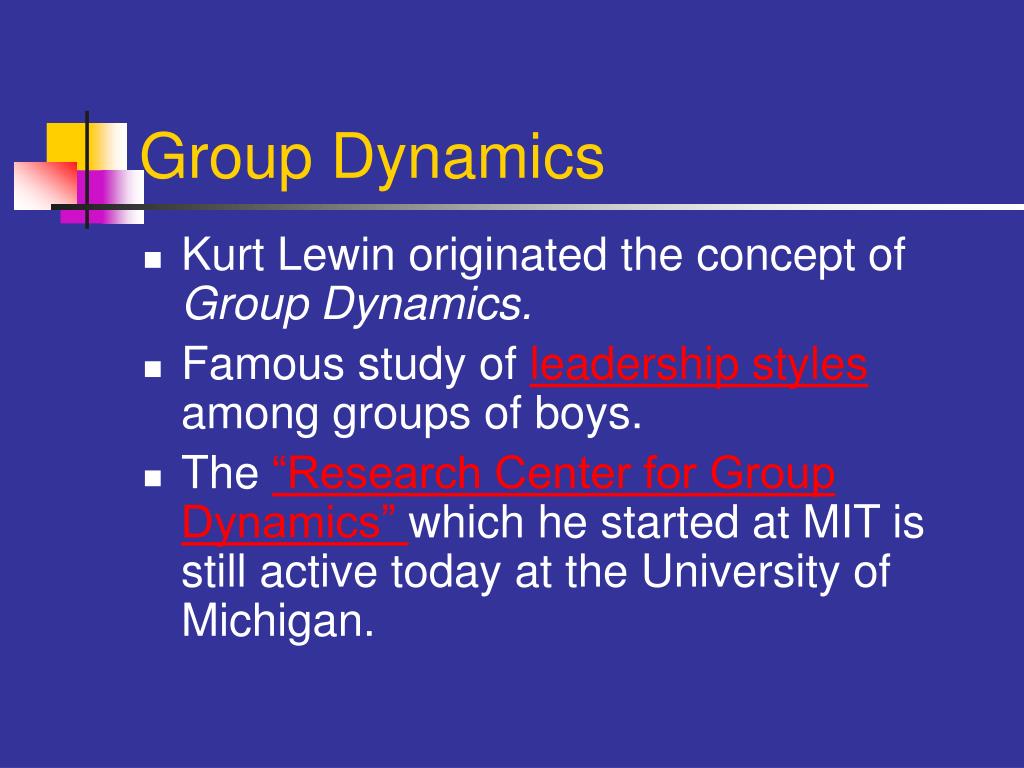
This state is a mindset, a mental and physical capacity that can be almost absolutely reached, but it is initially situated so that the mind can evolve without actually attaining that capacity. Lewin identifies human behavior, with respect to change, as a quasi-stationary equilibrium state. Let’s look at how Lewin’s three-step model describes the nature of change, its implementation, and common challenges: Step 1: Unfreeze This is also known as Field Theory, which is widely used to develop change models including Lewin’s 3 Stage Model. To understand group behavior, and hence the behavior of individual group members during the change process, we must evaluate the totality and complexity of the field. The 3 Stage Model of Change describes status-quo as the present situation, but a change process-a proposed change-should then evolve into a future desired state. Therefore, the group environment, or ‘field’, must be considered in the change process. Any interaction or force affecting the group structure also affects the individual’s behavior and capacity to change. Lewin proposed that the behavior of any individual in response to a proposed change is a function of group behavior. How the status-quo could be challenged to realize effective changes.The change process in organizational environments.

Among the first to research group dynamics and organizational development, Lewin developed the 3 Stage Model of Change in order to evaluate two areas:

Still, understanding these steps provides an essential view into change management, so let’s have a look.Ī leader in change management, Kurt Lewin was a German-American social psychologist in the early 20th century. In today’s speedy, complex, and dynamic landscape of enterprise IT, the three-step model provides limited actionable guidance.

Initially a popular concept, current ITSM thinking criticizes Lewin’s model for being too simplistic and abstract to manage change in a real way.

ITSM frameworks incorporate various approaches to change management, but one started it all: Kurt Lewin’s 3 Stage Model of Change. Change behavior-how humans accept, embrace, and perform change-is the core of modern change management.


 0 kommentar(er)
0 kommentar(er)
